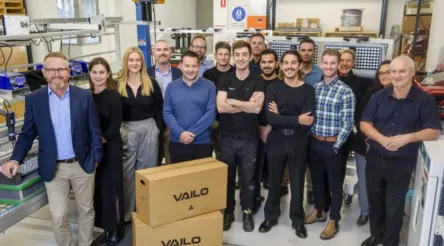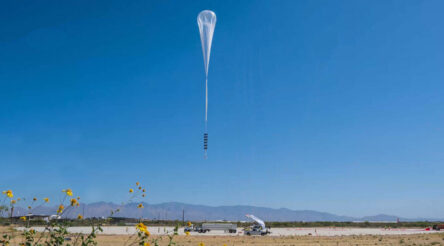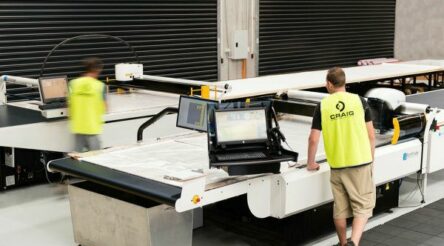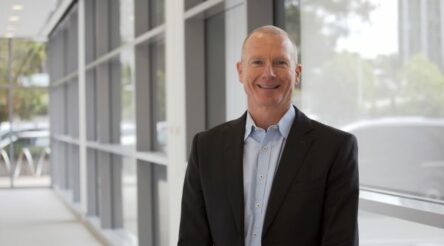Calix near zero emissions steel set to be cost competitive
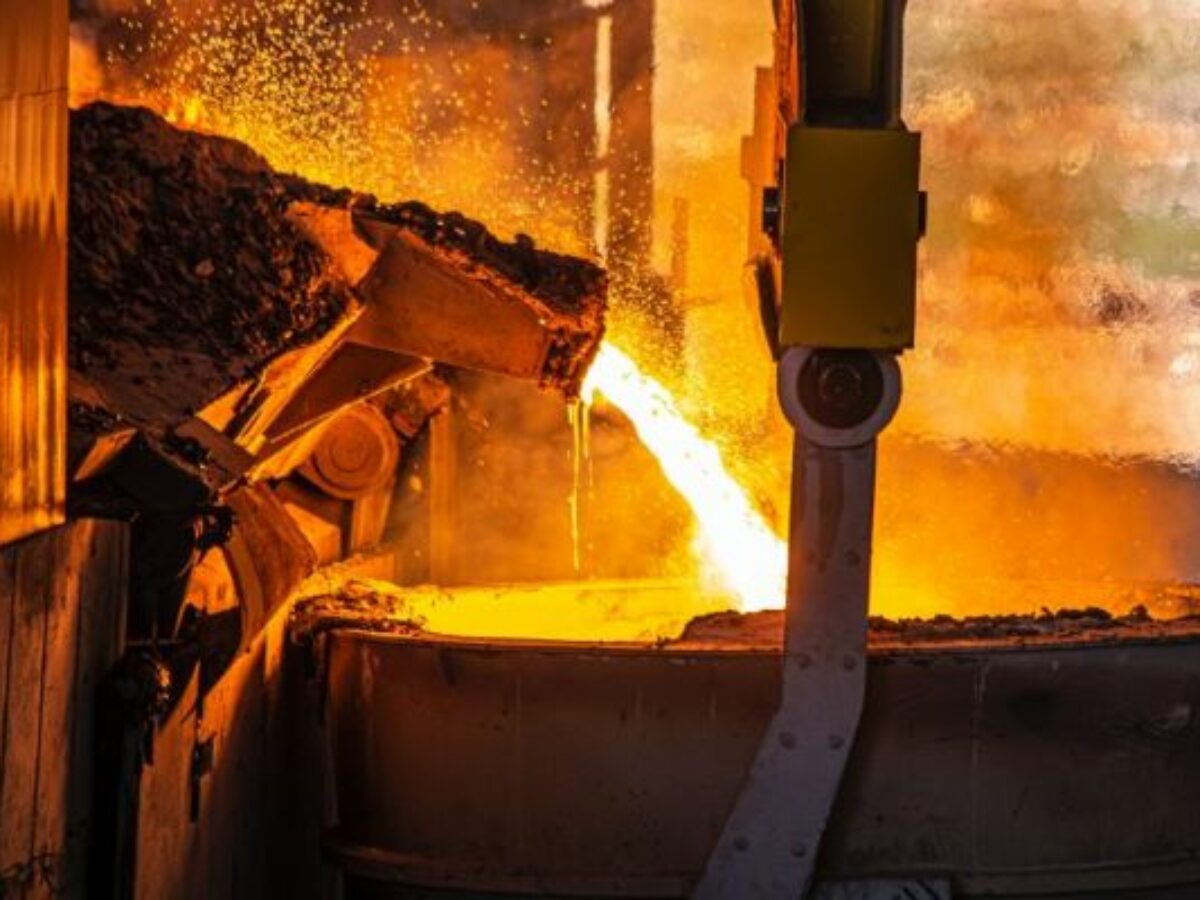
Low emission industrial technologies developer Calix has completed a front end engineering and design (FEED) study which found the company’s near zero emission ZESTY process was cost competitive with traditional high emissions iron making.
Calix told investors that the study for a 30,000 tonne per annum Zero Emission Steel Technology (ZESTY) Hydrogen Direct Reduced Iron (H-DRI) demonstration plant could produce hot briquetted iron for $630-$680 per tonne.
Calix said: “This cost is close to the range of existing, carbon intensive HBI processing costs, before any benefit of emissions reduction is accounted for.
“ZESTY would reduce the emissions intensity of reducing iron ore to metal iron from 1.89 tonnes of CO2/tonne of iron to near zero.
“The reduction of iron ore to metal iron currently accounts for 80-85 percent of the steel industry’s carbon dioxide emissions.”
Calix’s ZESTY process uses green hydrogen in a renewably powered reactor to produce green iron and ultimately, green steel.
ZESTY’s indirect heating approach not only enables efficient electrification, but means hydrogen is not consumed as a fuel, only a reductant, and is easily recycled in the process.
This significantly lowers operating temperatures and potentially enables the most efficient and economical use possible of hydrogen.
The ZESTY process produces green iron from multiple ore types for use in either conventional blast furnaces for lower carbon steel products or directly in electric arc furnaces (EAF) for zero emissions steel.
Calix said ZESTY would also be suitable as a feedstock for the low emission Electric Smelting Facility (ESF) pilot plant just announced by BlueScope Steel and iron ore producers BHP and Rio Tinto.
Calix said the ability to produce cost competitive iron was the result of the processes minimal use of hydrogen, the relative simplicity and efficiency of its electrically heated process and the elimination of agglomeration and induration process steps.
“The overall capital and operating costs are expected to reduce further as the core technology is scaled and refined.
“The Calix ZESTY process takes advantage of a short residence time while utilising lightweight materials, resulting in a processing plant that is simple to construct and operate.”
Calix’s study was supported by an expanded ore testing programme at the company’s pilot scale facility at Bacchus Marsh, Victoria.
Further reading:
2023 will decide if the Calix process can unlock zero emission steel
BlueScope, Rio, BHP to test low emission electric steel smelting
Picture: Calix
Topics BHP BlueScope Steel Calix carbon dioxide CO2 electic arc furnace Electric Smelting Facility electric smelting furnace electrification emissions FEED Green hydrogen H-DRI hot briquetted iron hydrogen Hydrogen Direct Reduced Iron Manufacturing News Rio Tinto steel making Technology zero emission Zesty
@aumanufacturing Sections
Analysis and Commentary Awards Defence Manufacturing News Podcast Technology Videos







